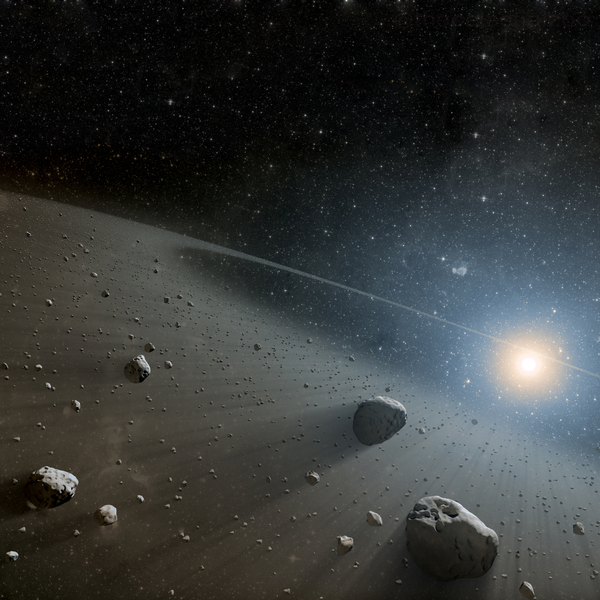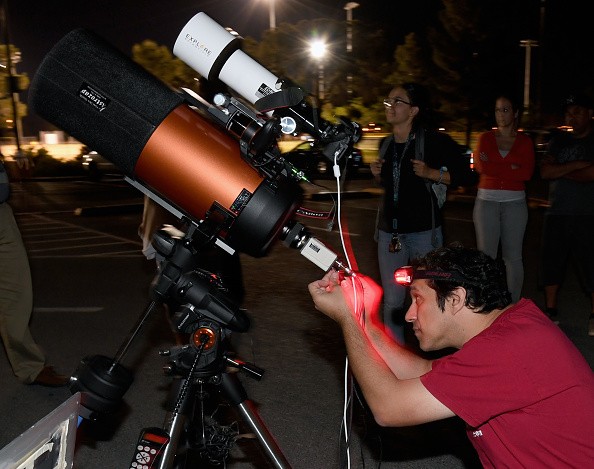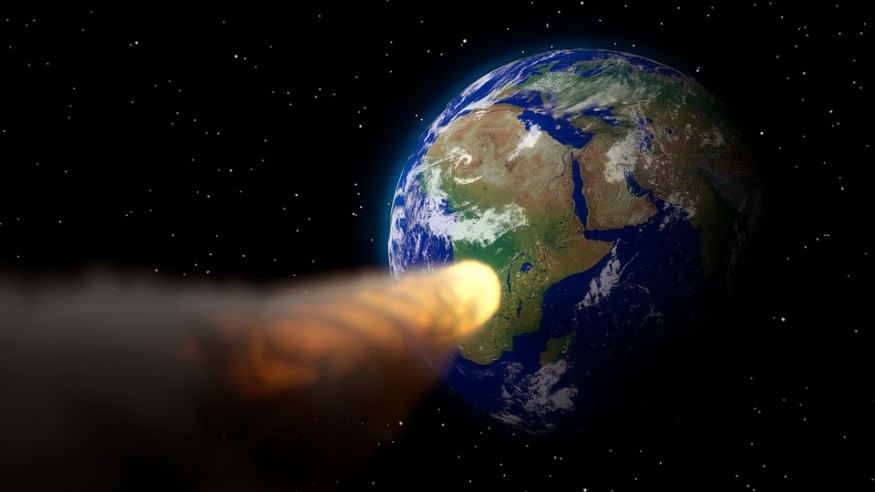A new algorithm that studied ancient telescope data discovered over 100 undiscovered asteroids. Over 100 asteroids previously undetectable in archival sky photos have been discovered by researchers using a new astrodynamics technique.

Asteroids
Asteroids are stony objects that remained after the solar system was formed around 4 billion years ago. These stony entities, which range from a few feet to hundreds of miles wide, are too tiny to be called planets.
The 104 previously unknown asteroids were identified using a novel technique called Tracklet-less Heliocentric Orbit Recovery (THOR), part of the Asteroid Institute's cloud-based astrodynamics platform Asteroid Discovery Analysis and Mapping (ADAM). According to a statement from the B612 Foundation, a nonprofit that supports research and technologies for mapping and navigating the solar system, this algorithm recognizes asteroids. It calculates their trajectories by linking points of light in different sky images that are consistent with asteroid orbits.
In a statement, Ed Lu, executive director of the Asteroid Institute, a program of the B612 Foundation, stated, "Discovering and tracking asteroids is vital to comprehending our solar system, allowing space development, and safeguarding our world from asteroid strikes."
Studying Old Data

"Any telescope with an archive may become an asteroid search telescope with THOR operating on ADAM," said Lu, a former NASA astronaut. "We're utilizing the power of huge computers to allow greater discoveries from existing telescopes and identify and track asteroids in historical sky photos that were never intended for asteroid searches."
The newest asteroids were detected using previous data from the NOIRLab Source Catalog. The THOR algorithm on the ADAM platform, which runs on Google Cloud, was used to evaluate these data. Between 2012 and 2019, the National Optical Astronomy Observatory took almost 68 billion observations, which were included in the NOIRLab data. The asteroid candidates were sent to the Minor Planet Center of the International Astronomical Union for confirmation.
In a statement, Matthew Holman, a dynamicist and search algorithm expert at the Harvard & Smithsonian Center for Astrophysics and the former director of the IAU Minor Planet Center, said, "A comprehensive map of the solar system gives astronomers critical insights both for science and planetary defense." "Tracklet-free algorithms like THOR considerably increase the types of datasets that astronomers may employ to create such a map."
The discovery of these first 104 asteroids using the THOR algorithm, according to the researchers, opens the door for future asteroid discoveries utilizing historical telescope data sets.
Asteroid Watch
Have you ever considered how we may plan for and respond to a large-scale natural calamity like this? This is precisely what NASA's Ames Research Center in Silicon Valley is doing. Researchers are now working on ways to quantify the impact of an asteroid approaching Earth too close for comfort using supercomputer simulations.
Planetary Defense

Planetary defense refers to all capabilities required to detect and warn of a probable asteroid or comet impacts on Earth and avoid or lessen their consequences. Planetary defense involves:
- Locating and tracking near-Earth objects that might collide with Earth;
- Determining the orbit trajectory, size, shape, mass, composition, rotational dynamics, and other parameters of those objects so that experts can determine the severity of the potential impact event, warn of its timing and consequences, and determine how to minimize the impact; and
- Measures to divert or disrupt an object on a collision path with Earth, or to lessen an impact that cannot be avoided, are planned and implemented. Evacuation of the impact region and relocation of vital infrastructure are two mitigation strategies that can be implemented on Earth to safeguard lives and property.
For more Space news, don't forget to follow Nature World News!
© 2025 NatureWorldNews.com All rights reserved. Do not reproduce without permission.





